- Destinations
- Travel Styles
- About Us
- Contacts
- Destinations
- Travel Styles
- About Us
Thailand is a stunning destination with something for every traveler, from lush northern rainforests to tropical southern islands. Whether you're admiring Bangkok's Grand Palace or snorkeling in the Andaman Sea, keeping your devices charged is essential. If you're visiting from the U.S. or Europe, be aware that Thailand's plugs and voltage may differ. While the country has a reliable charging infrastructure, variations exist depending on the location. This guide will help you navigate Thailand plugs and power sockets, ensuring a hassle-free trip.
When traveling from regions like the U.S., Europe, or Japan, you'll notice that Thailand's power voltage differs significantly. Thailand operates at 220V with a frequency of 50Hz, while the U.S. uses 110V at 60Hz and Japan uses 100V at 50/60Hz.
If you're bringing electrical appliances like hair straighteners or blow dryers that operate on a lower voltage, you may need a voltage converter. Thailand uses a standard voltage of 220 V, so if your devices are designed to work only with 100-127 V, using a converter is essential to protect them from damage. Therefore, my advice is to check your device specifications carefully before use.
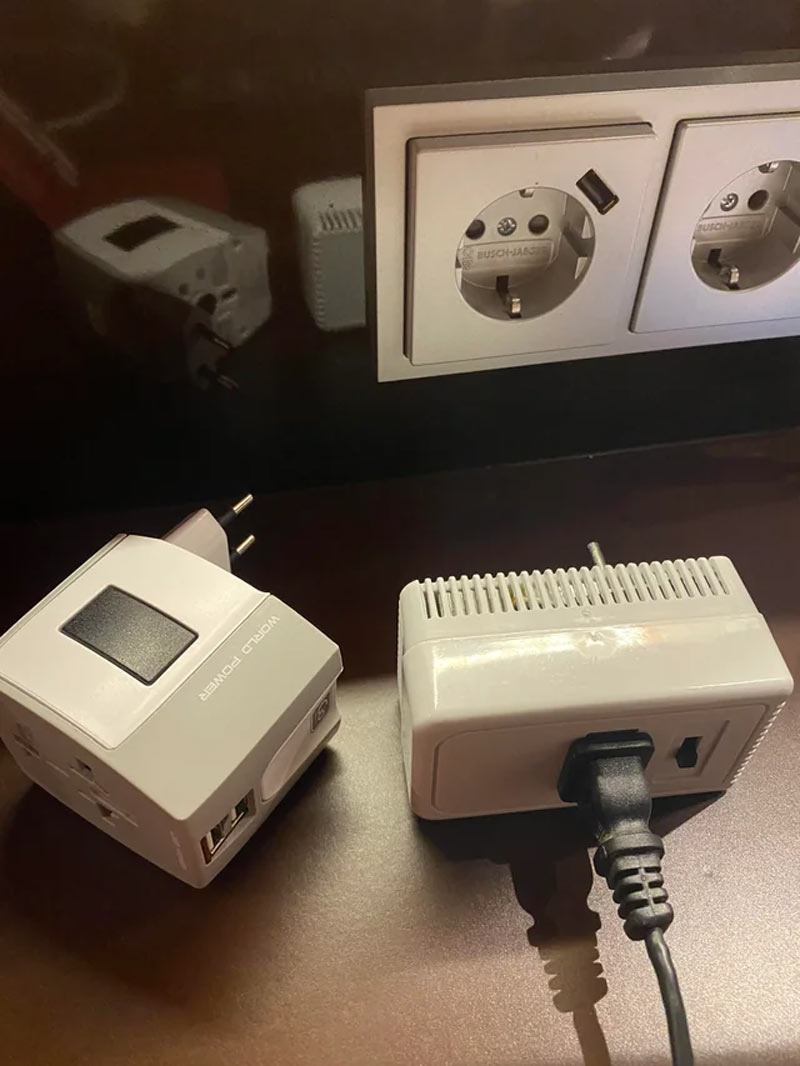
Modern electronics like smartphones, laptops, and cameras are generally designed to accommodate various power voltages. Many devices now feature dual voltage systems, making them safe to charge anywhere. However, always double-check that your device is compatible with Thailand's voltage limits.
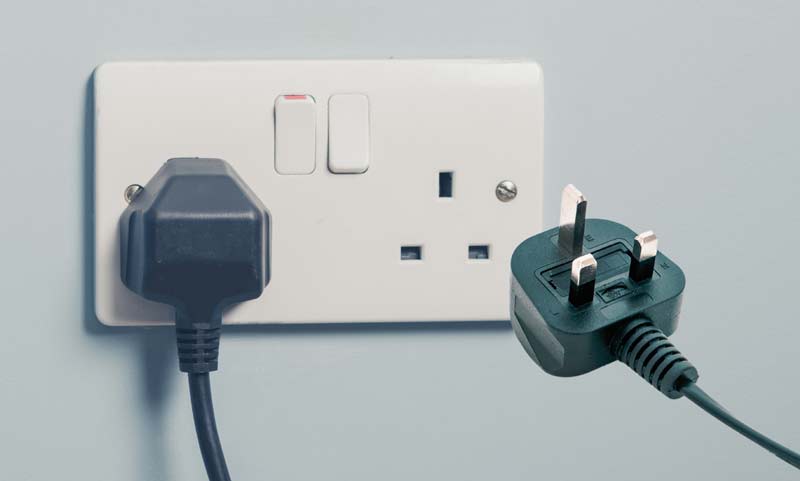
Thailand has a variety of socket types, but the most common ones you'll encounter are Type A, B, C, F, and occasionally Type O. The diverse range of socket types makes Thailand versatile when it comes to charging your devices. However, it's important to understand the specifics of each socket type and its implications for your electronics.
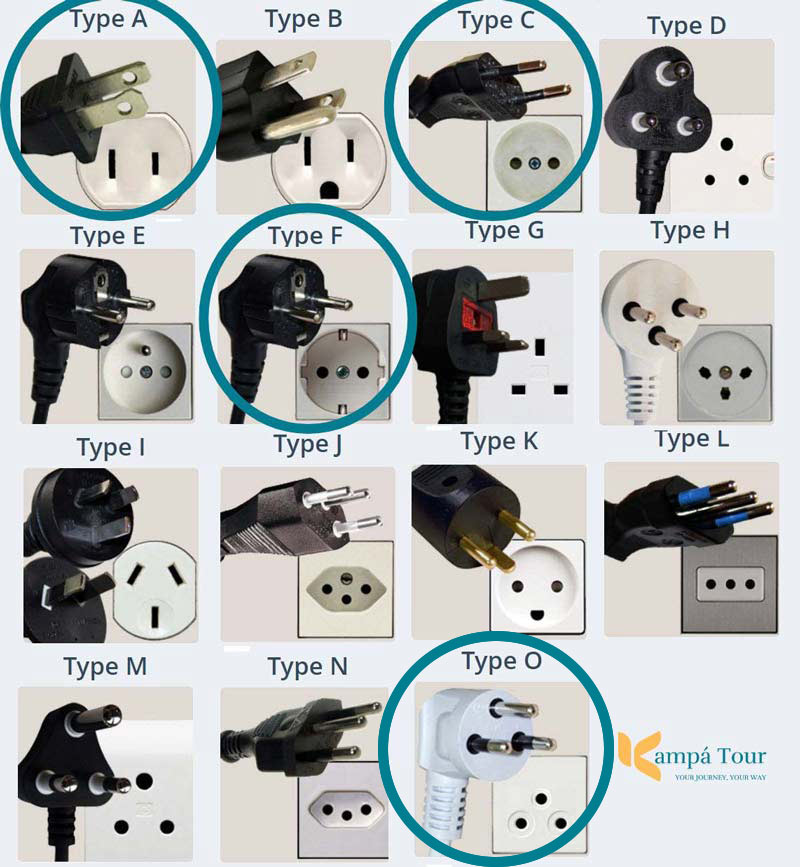
In urban areas like Bangkok, Phuket, Chiang Mai, Koh Samui, and Chiang Rai, you won’t have trouble charging your devices, as most major hotels offer universal sockets compatible with various appliance and plug types.
However, in more rural areas, you’ll likely encounter the standard Type O socket, so it’s wise to bring a universal adapter that can accommodate all your charging needs.
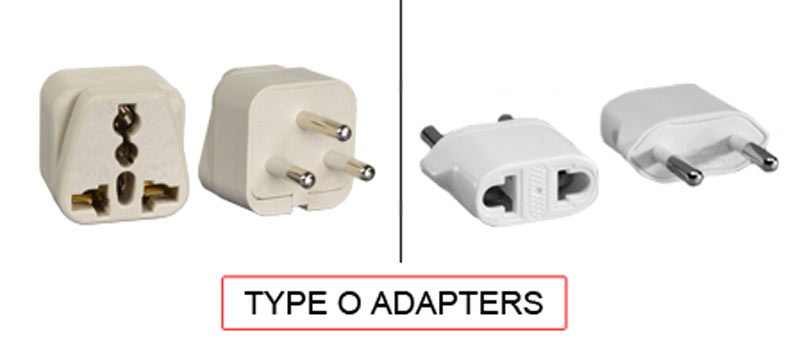
That being said, you might be wondering, should I pack an adapter or converter even if I’m staying in a fancy 4-star or 5-star hotel? Our recommendation would be to pack one just in case you have appliances that can’t accommodate dual voltages, and especially if you have appliances that are heavy-duty or require more voltage such as hairdryers.
.jpg)
>>> Good to know: Many devices use Type-C cables, but airports, planes, and cars often have USB ports. Bring a compatible cable or adapter to ensure charging access.
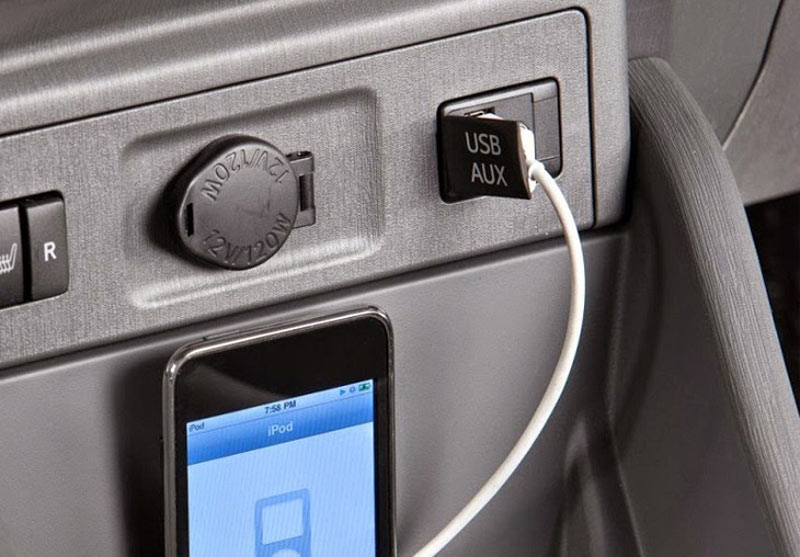
We hope this guide has provided helpful information on Thailand's sockets, voltage limits, and charging needs. By being prepared, you'll not only safely charge your devices but also ensure you don't miss out on any exciting moments!
>>>> Our other articles that you might love:


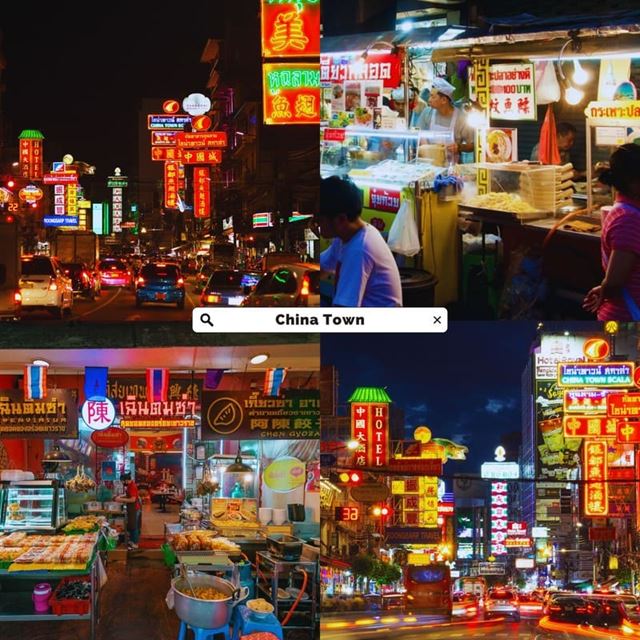
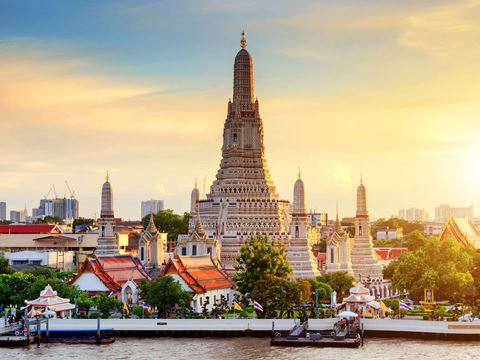 The Essentials
The Essentials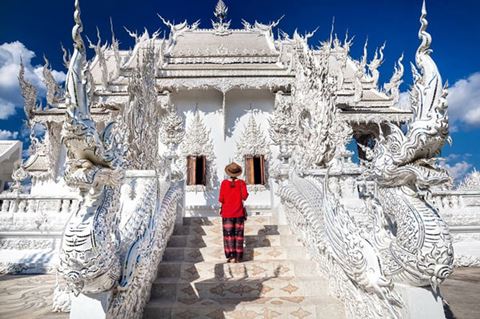 Classic and Nature
Classic and Nature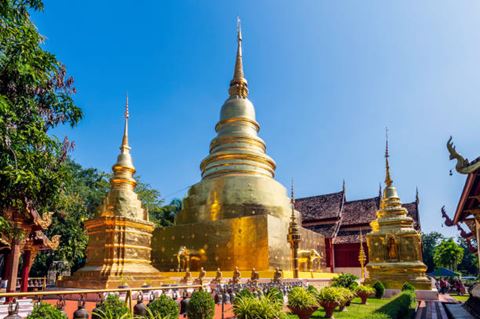 The must-sees in Thailand
The must-sees in Thailand Classic and Nature
Classic and Nature